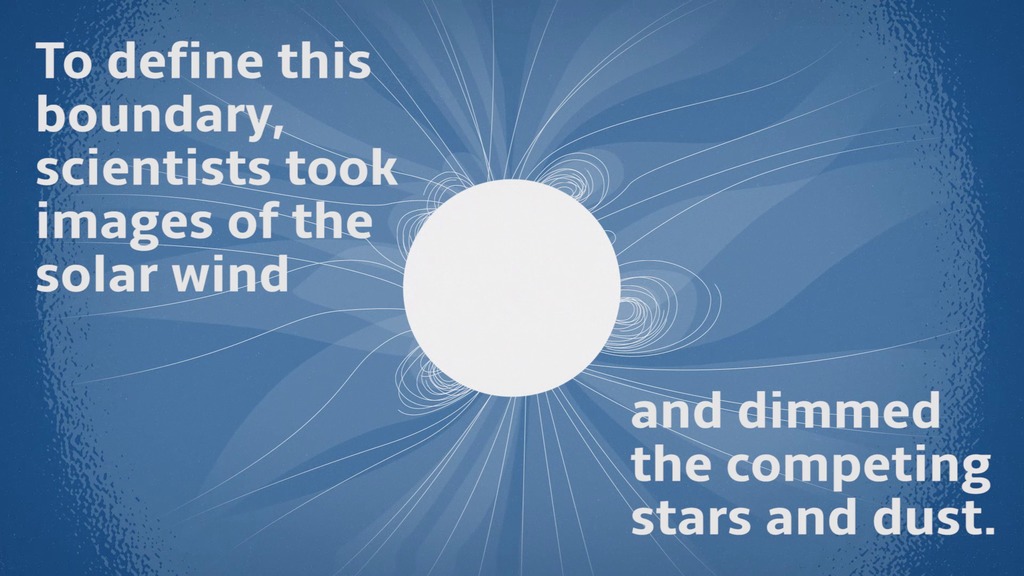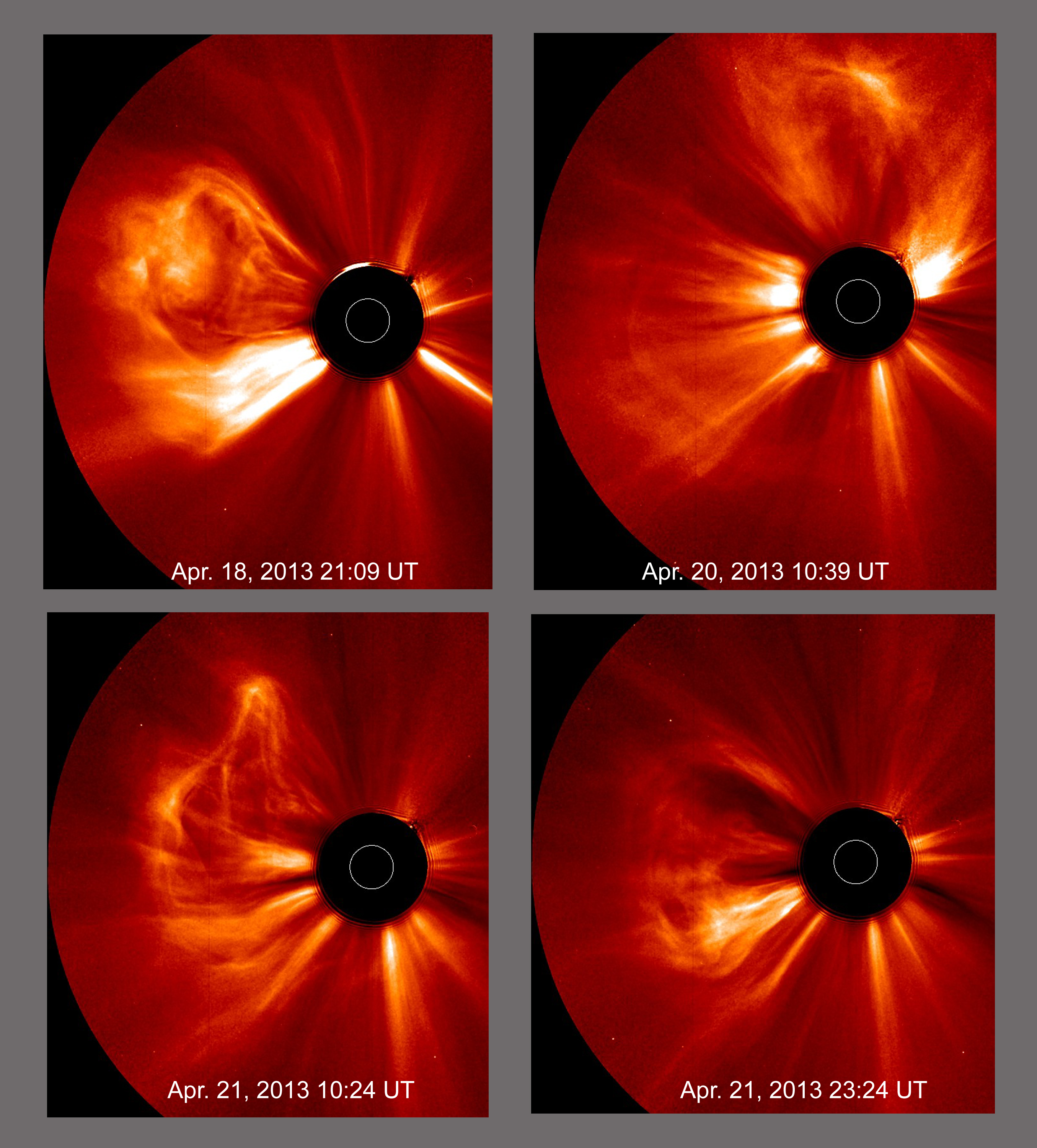NASA's STEREO Solar Probes 10th Anniversary Live Shots
B-roll that corresponds with the live shots.
NASA Solar Probes Celebrate 10 Years of Uncovering Mysteries of Space Weather
STEREO Mission Gave First Ever 360-Degree Views of Our Star, Origin of Solar Wind
Ten years ago on Oct. 25, 2006, NASA launched twin satellites into orbit to get the first 360-degree view of the sun at one time. The Solar-Terrestrial Relations Observatories (STEREO) spacecraft have helped NASA scientists to better understand how the sun affects Earth and the solar system, including the harsh space environment that spacecraft – or even astronauts – may experience in space.
Join NASA scientists on Friday, Oct. 21, from 6:00 a.m. to 11:30 a.m. EDT to show your viewers revolutionary solar images from this mission that has uncovered some of the mysteries surrounding the origin of space weather.
With STEREO-A ahead of Earth in its orbit and STEREO-B trailing behind, the observatories have captured 3D views of the sun’s regular violent eruptions of matter, which trigger the aurora and can – at their worst – disrupt satellites and even cause electrical power outages. STEREO has served as a key addition to a fleet of space weather detection satellites by providing unique data to better help us understand what sets off such solar eruptions and how they travel toward Earth.
STEREO is also laying the groundwork for Solar Probe Plus, the first mission that will fly into the upper solar atmosphere and “touch” the sun. Launching in 2018, NASA’s Solar Probe Plus will continue the work of improving scientists’ understanding of space weather and its impact on the solar system by observing the sun from a closer vantage point than any human-made object in history.
To book a window, contact
Michelle Handleman / michelle.z.handleman@nasa.gov / 301-286-0918
tHD Satellite Digital Coordinates: HD Satellite Coordinates for AMC9- K11AB: AMC-9 Ku-band Xp 11 Slot AB| 83.0 ° W Longitude | DL 11911.0 MHz | Horizontal Polarity | QPSK/DVB-S | FEC 3/4 | SR 13.235 Mbps | DR 18.2954 MHz | HD 720p | Format MPEG2 | Chroma Level 4:2:0 | Audio Embedded
Suggested Questions:
1. Why does space weather matter to us on Earth?
2. How has STEREO changed our understanding of the sun?
3. We’re gearing up for the solar event of the century in the U.S.— the August 2017 solar eclipse. How does an eclipse help us understand the sun?
4. NASA has an upcoming mission that will for the first time touch the sun. Can you tell us about that?
5. We heard STEREO-B was giving NASA the silent treatment for a while. Can you tell us what happened?
6. Where can we learn more?
Live Shot Details:
Location: NASA’s Goddard Space Flight Center/Greenbelt, Maryland
Scientists:
Dr. Yari Collado-Vega/ NASA Scientists [Interviews in English and Spanish]
Dr. Eric Christian/ NASA Scientist
Video: NASA will roll all insert videos during live interviews. If needed, stations can roll a clean feed of all video at 5:45 a.m. EDT on Oct. 21st at the above-listed satellite.
Headon SOTs from Dr. Alex Young about the STEREO and Solar Probe Plus missions. TRT 5:50. Text is included. He answers the following questions:
1. Why does space weather matter to us on Earth?
2. How has STEREO changed our understanding of the sun?
3. We’re gearing up for the solar event of the century in the U.S. — the August 2017 solar eclipse. How does an eclipse help us understand the sun?
4. NASA has an upcoming mission that will for the first time touch the sun. Can you tell us about that?
5. We heard STEREO-B was giving NASA the silent treatment for a while. Can you tell us what happened?
6. Why are you so excited for STEREO, this anniversary and how NASA studies the sun?
7. Where can we learn more?
Short social media promo with Dr. Alex Young. Text is included
SOTS from Dr. Alex Young looking off camera. TRT: 6:45. Text is included. He answers the following questions:
1. Why does space weather matter to us on Earth?
2. How has STEREO changed our understanding of the sun?
3. We’re gearing up for the solar event of the century in the U.S. — the August 2017 solar eclipse. How does an eclipse help us understand the sun?
4. NASA has an upcoming mission that will for the first time touch the sun. Can you tell us about that?
5. We heard STEREO-B was giving NASA the silent treatment for a while. Can you tell us what happened?
6. Why are you so excited for STEREO, this anniversary and how NASA studies the sun?
7. Where can we learn more?
Dr. Eric Christian canned interview talking about STEREO
Canned interview from Dr. Georgia de Nolfo about STEREO
For More Information
Credits
Please give credit for this item to:
NASA's Goddard Space Flight Center
-
Producers
- Michelle Handleman (USRA)
- Jenny Hottle (NASA/GSFC)
- Genna Duberstein (USRA)
-
Editor
- Joy Ng (USRA)
Release date
This page was originally published on Monday, October 17, 2016.
This page was last updated on Wednesday, May 3, 2023 at 1:48 PM EDT.



